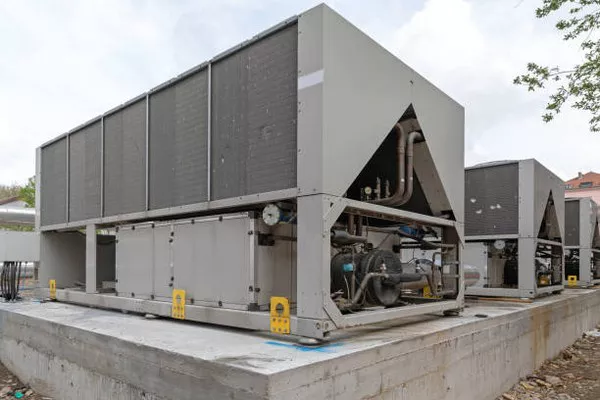In an era where uninterrupted power supply is not just a convenience but a necessity, automatic generators have emerged as crucial solutions for maintaining electricity in various settings. From residential homes to commercial establishments, these devices play a pivotal role in ensuring a seamless transition from grid power to backup power during outages. This article delves into the mechanics and functioning of automatic generators, shedding light on their components, operation, and benefits.
The Anatomy of an Automatic Generator
An automatic generator, often referred to as a standby generator, is a device that automatically activates and supplies electricity to a structure in the event of a power outage. Unlike portable generators that require manual operation, automatic generators are designed to kick in without human intervention, providing uninterrupted power supply until grid power is restored. These generators are typically integrated into the electrical system of a building and are capable of handling various electrical loads.
Key Components and Mechanism
Engine: At the heart of every automatic generator is a reliable internal combustion engine. This engine is usually fueled by natural gas, propane, or diesel. When grid power is available, the engine remains idle. However, when a power outage is detected, the engine starts up automatically to generate electricity.
Alternator: The alternator, also known as a generator head, is responsible for producing electrical power. It converts the mechanical energy generated by the engine into electrical energy through electromagnetic induction.
Transfer Switch: The transfer switch is a crucial component that determines when the generator should activate. It monitors the power supply from the grid and triggers the generator into action when an outage is detected. Once grid power is restored, the transfer switch seamlessly shifts the load back to the grid and shuts down the generator.
Control Panel: The control panel is the brain of the automatic generator. It contains various sensors and controls that monitor the generator’s status, fuel levels, and other essential parameters. In modern generators, advanced control panels also enable remote monitoring and control through mobile apps or web interfaces.
Fuel System: The fuel system supplies the necessary fuel (natural gas, propane, or diesel) to the engine for combustion. Some generators have built-in fuel tanks, while others are connected to external fuel sources.
How Automatic Generators Work
Detection of Power Outage: When the automatic generator is connected to the grid, it continuously monitors the incoming power supply. As soon as a power outage occurs, the transfer switch detects the loss of grid power.
Engine Start: Once the transfer switch detects the outage, it sends a signal to the generator’s control panel. The control panel then activates the engine, which starts running to generate mechanical energy.
Electricity Generation: As the engine runs, it turns the alternator, which generates electrical power through electromagnetic induction. This electricity is routed through the generator’s wiring system.
Load Transfer: The transfer switch ensures that the electricity generated by the generator is supplied to the building’s electrical system. The switch also disconnects the structure from the grid to prevent any backfeeding, which could endanger utility workers.
Power Restoration: When grid power is restored, the transfer switch detects the return of electricity and initiates the process of transferring the load back to the grid. The generator is then shut down, and the building seamlessly returns to receiving power from the grid.
Advantages of Automatic Generators
1.Seamless Power Transition: One of the primary benefits of automatic generators is their ability to provide uninterrupted power supply without any manual intervention. This is particularly critical for environments where power outages can result in data loss, equipment damage, or disruption of critical operations.
2. Convenience: Automatic generators eliminate the need for users to start and operate the generator manually during an outage. This convenience is especially valuable in situations where occupants may not be present to initiate the generator.
3. Protection of Sensitive Equipment: Automatic generators ensure that sensitive electronic equipment, such as computers, servers, medical devices, and security systems, remain operational even during power outages, preventing potential damage.
4. Preservation of Comfort: For residential users, automatic generators maintain the functionality of heating, cooling, lighting, and appliances, enabling occupants to continue their daily routines comfortably.
5. Reduced Downtime: Businesses and organizations can avoid downtime and financial losses caused by power disruptions. Automatic generators provide a reliable backup power solution that keeps operations running smoothly.
In conclusion
automatic generators have evolved into indispensable tools for maintaining continuous power supply in various settings. With their sophisticated components and mechanisms, these devices seamlessly transition from grid power to backup power during outages, offering uninterrupted electricity to residential and commercial structures alike. The interplay between the engine, alternator, transfer switch, control panel, and fuel system ensures that critical operations can continue even in the absence of grid power. As our reliance on electricity grows, the role of automatic generators in safeguarding productivity, safety, and convenience becomes increasingly evident.

